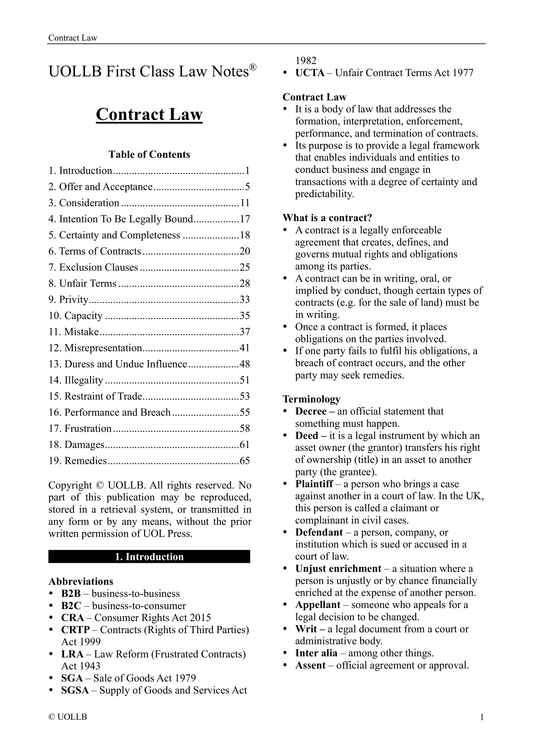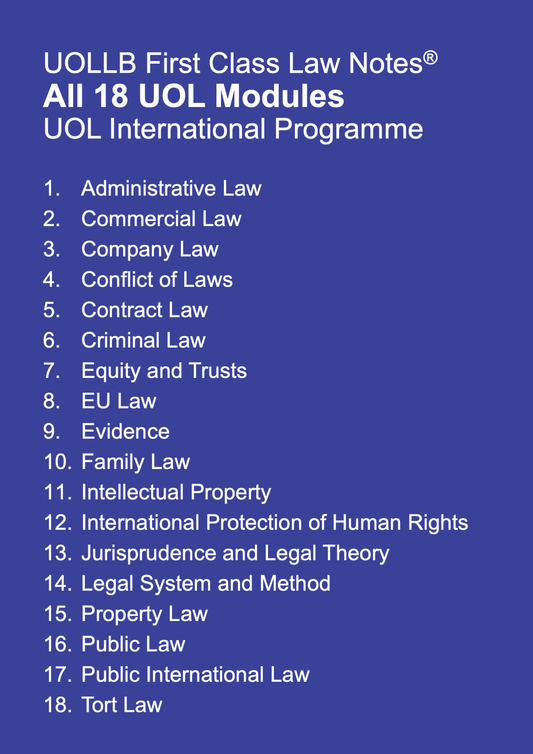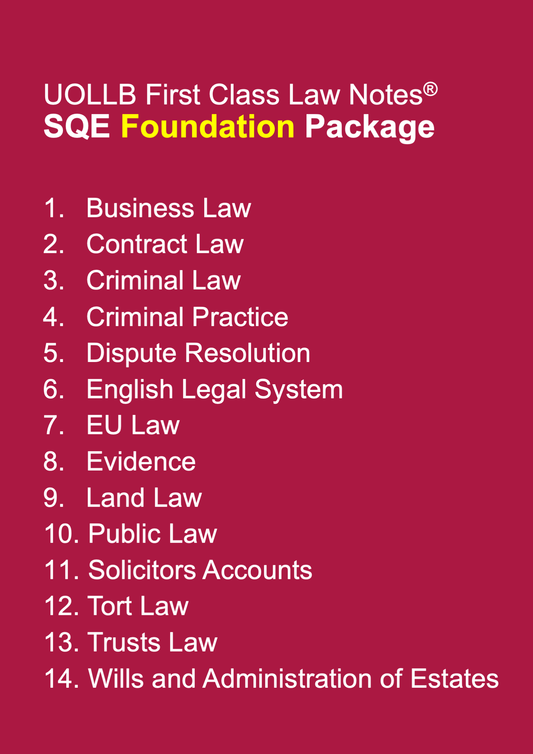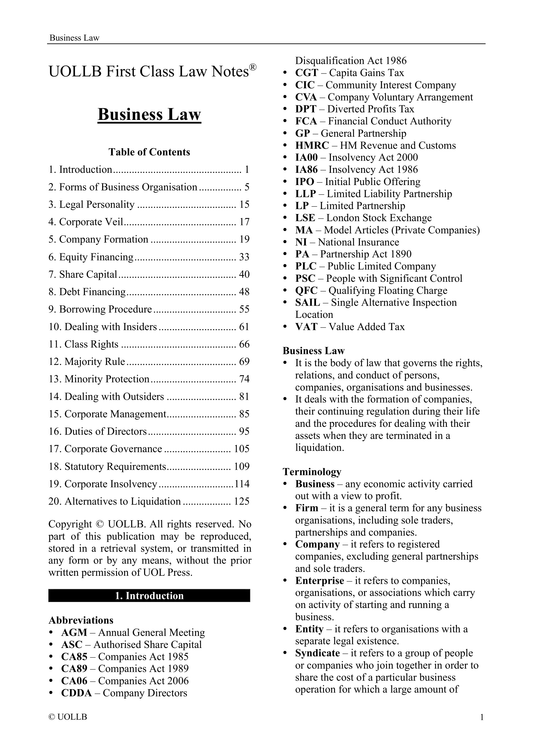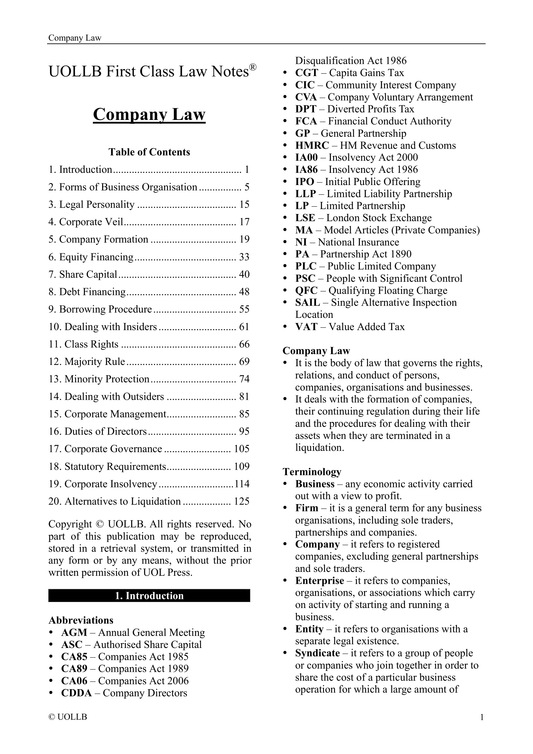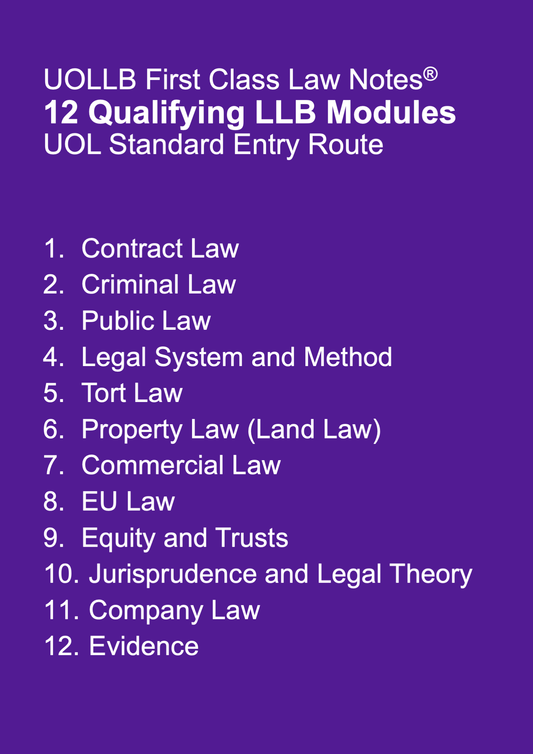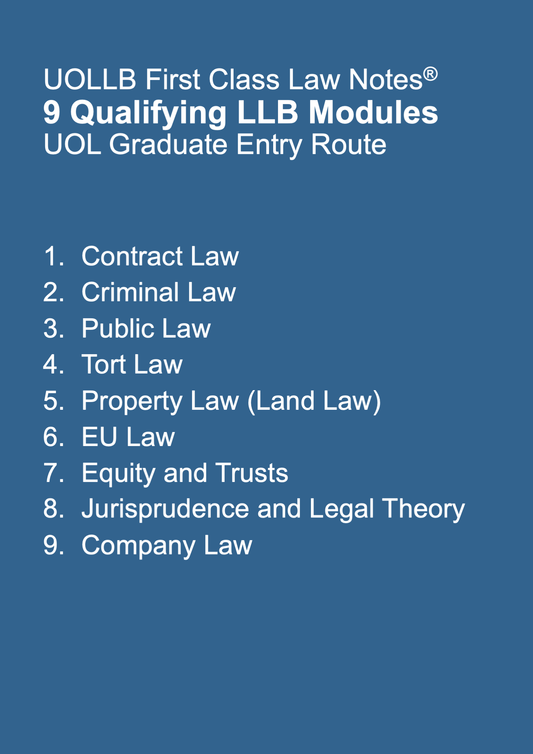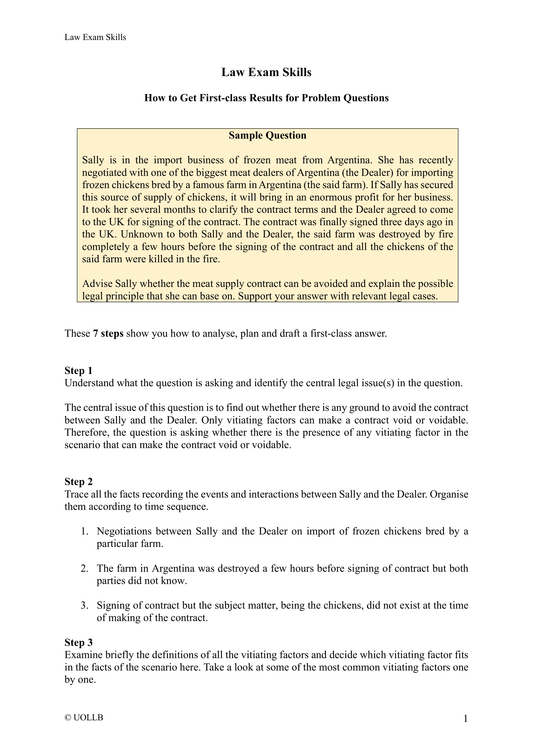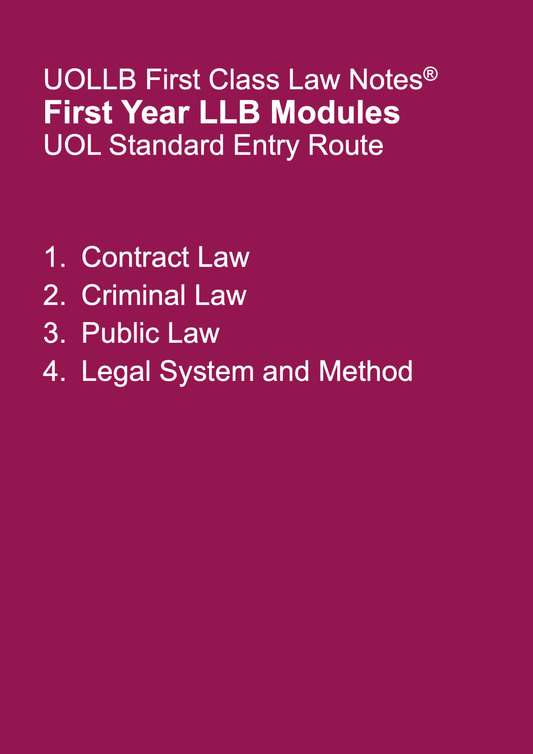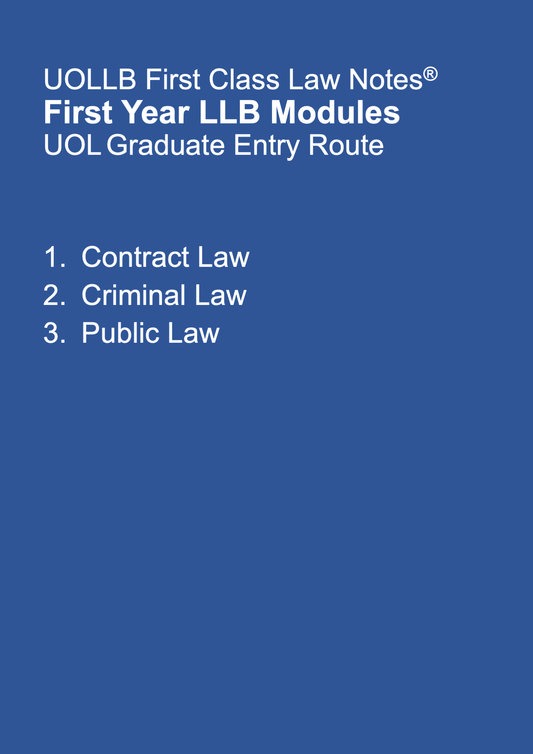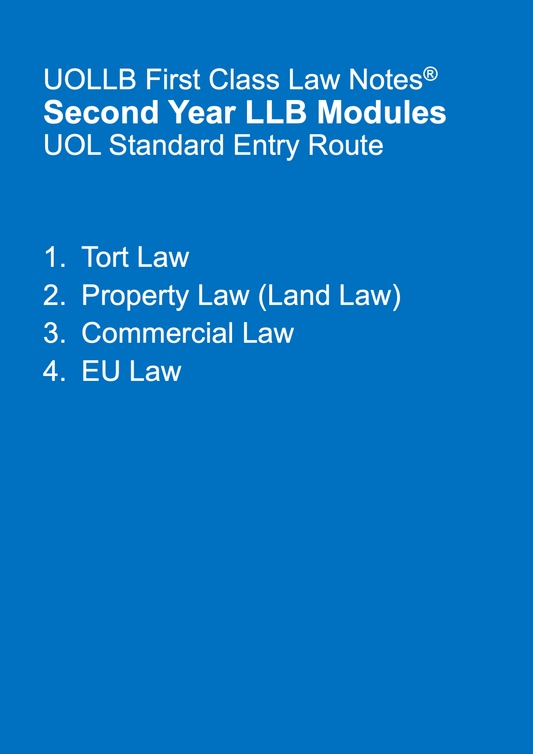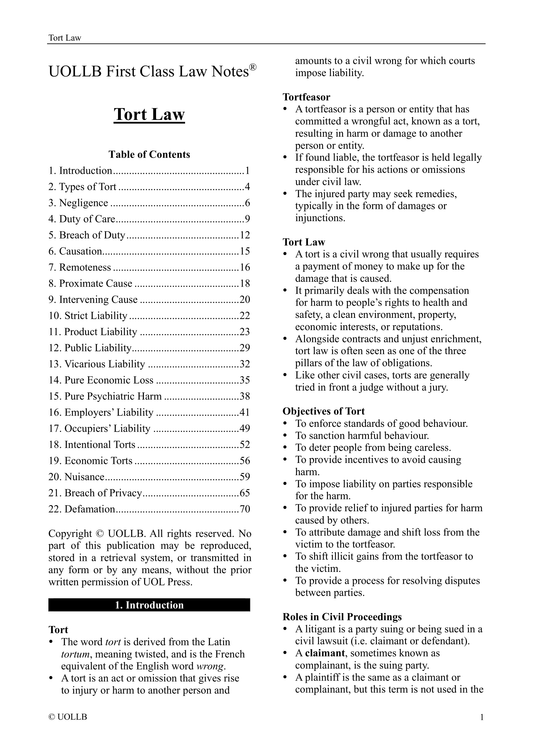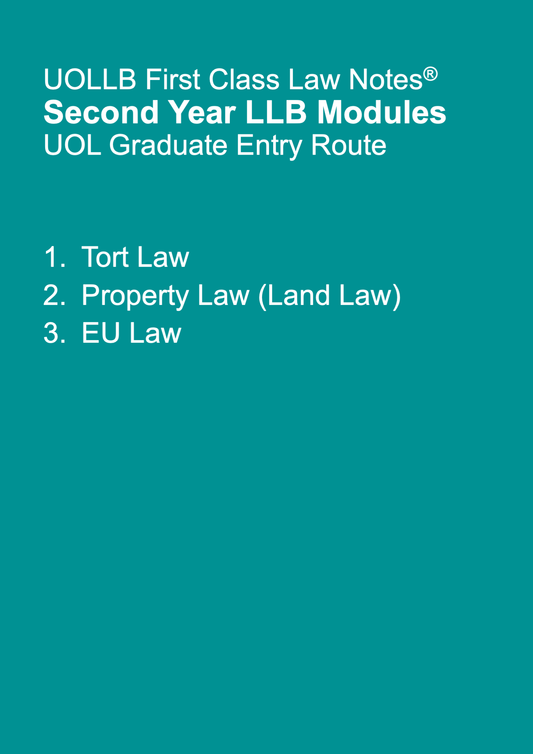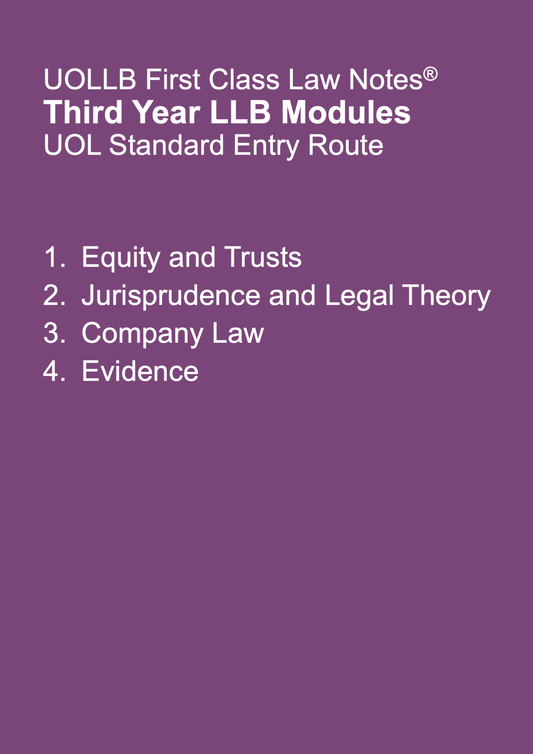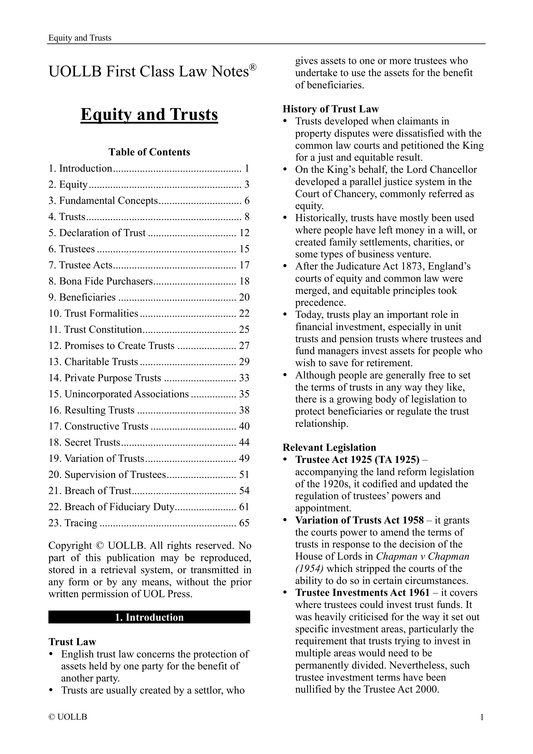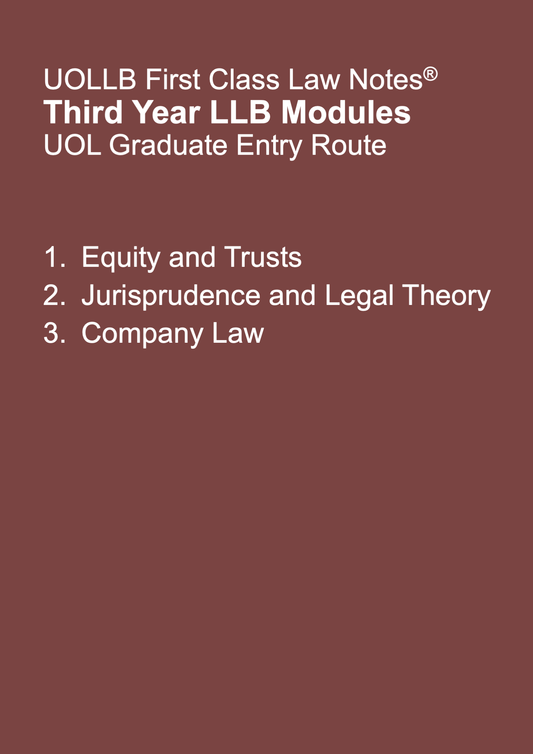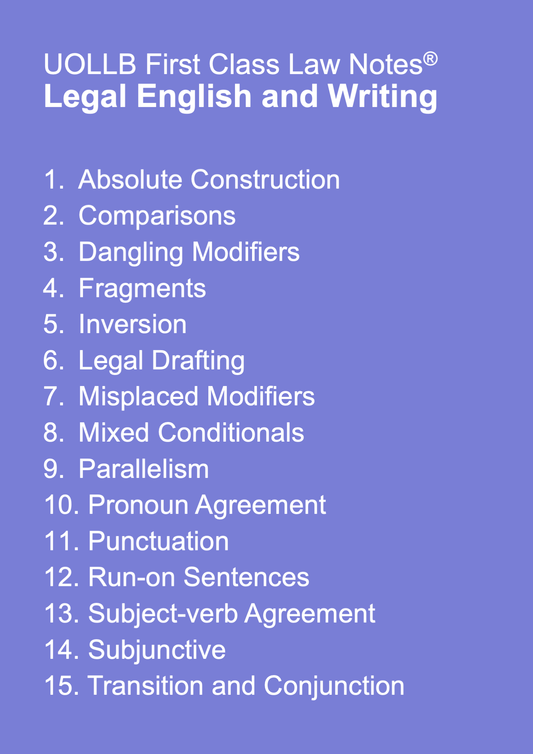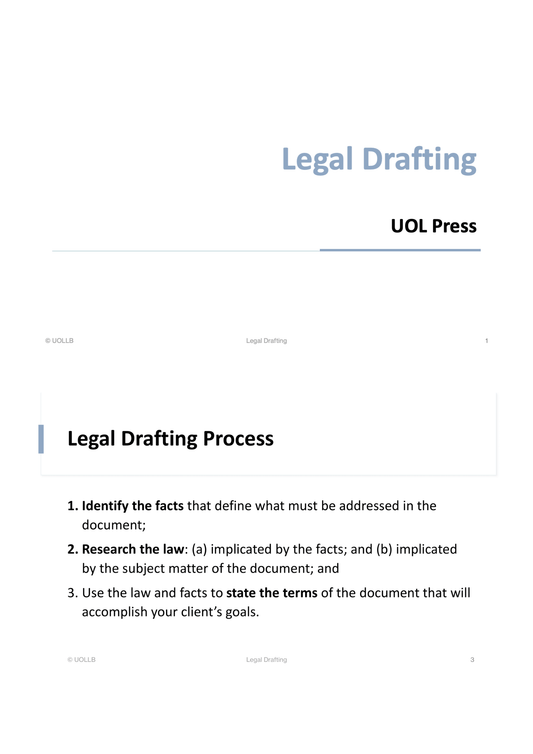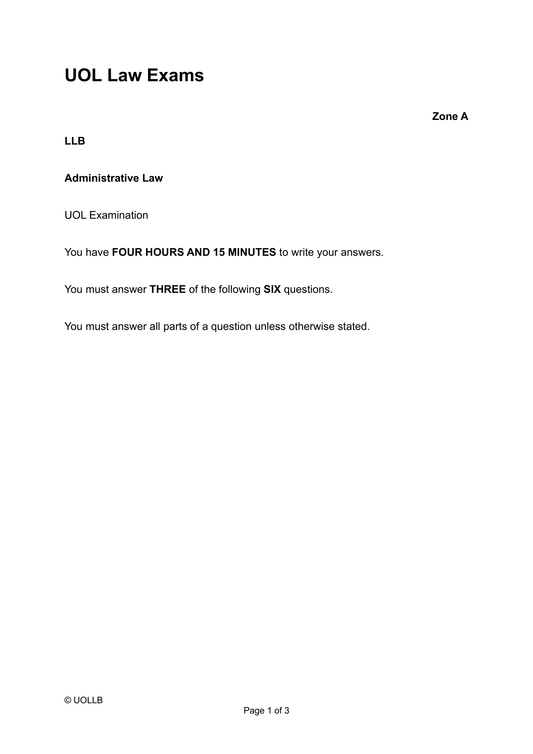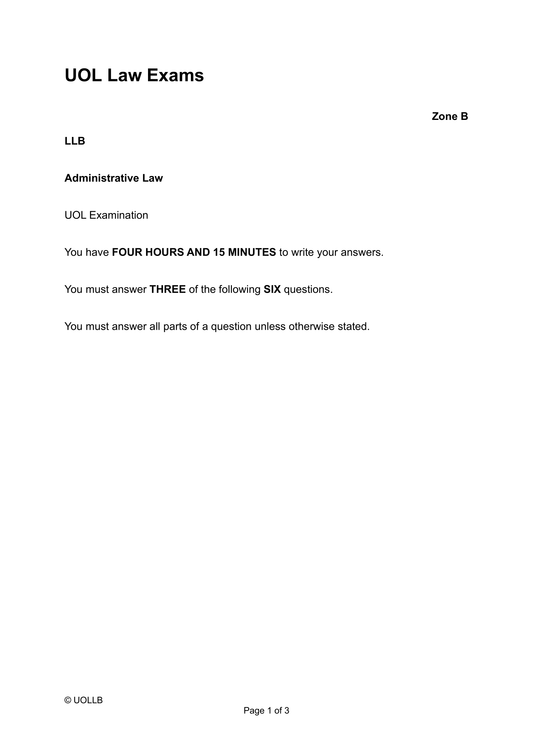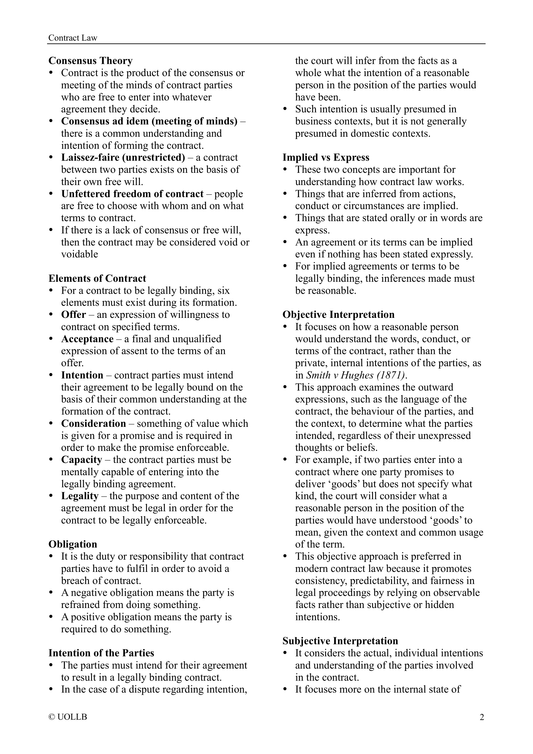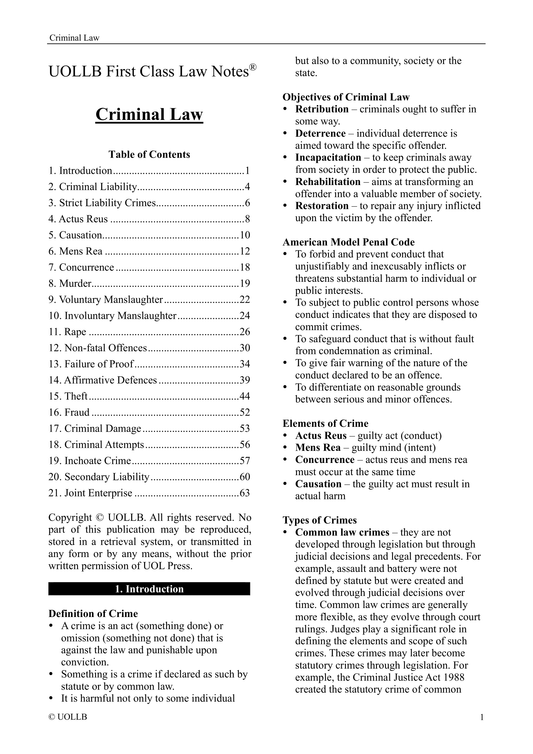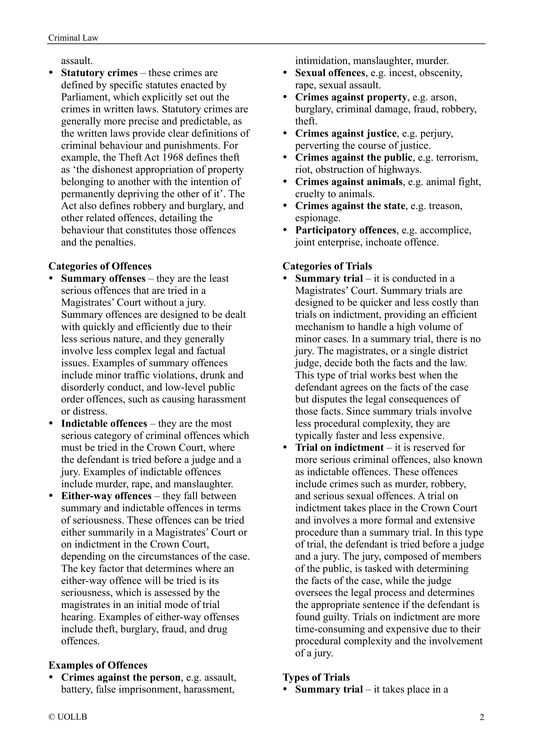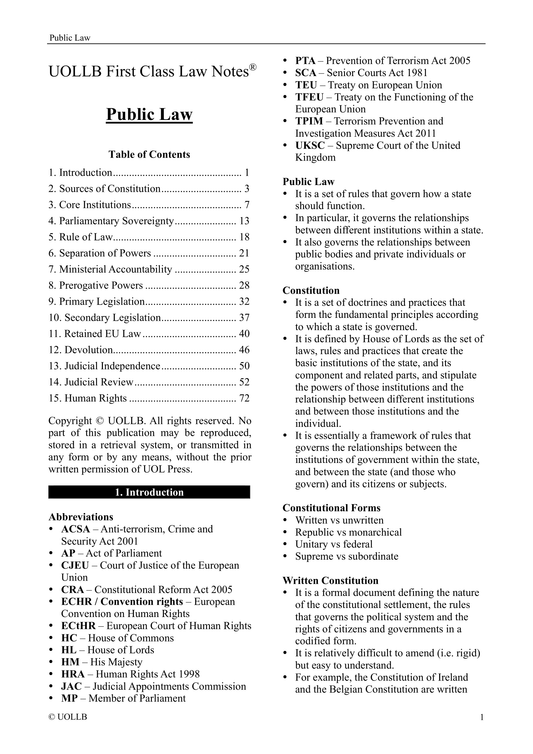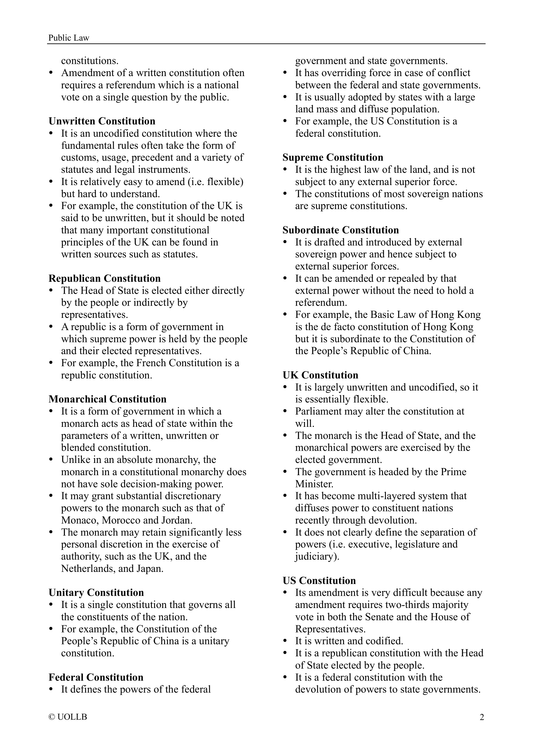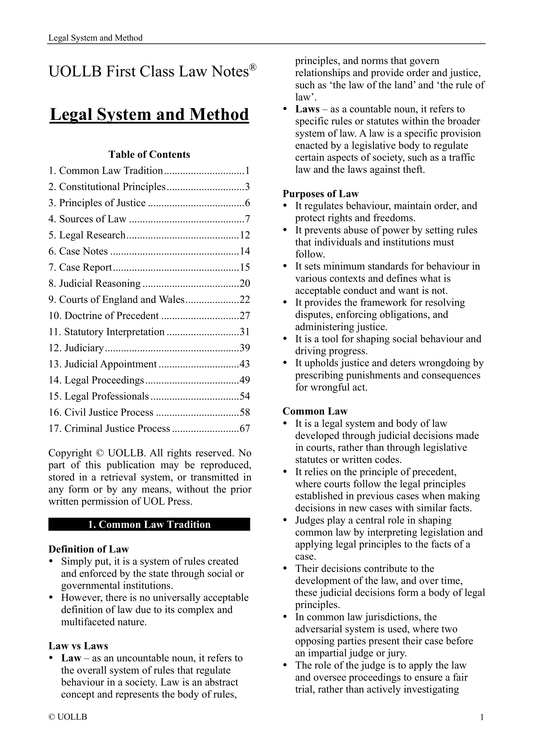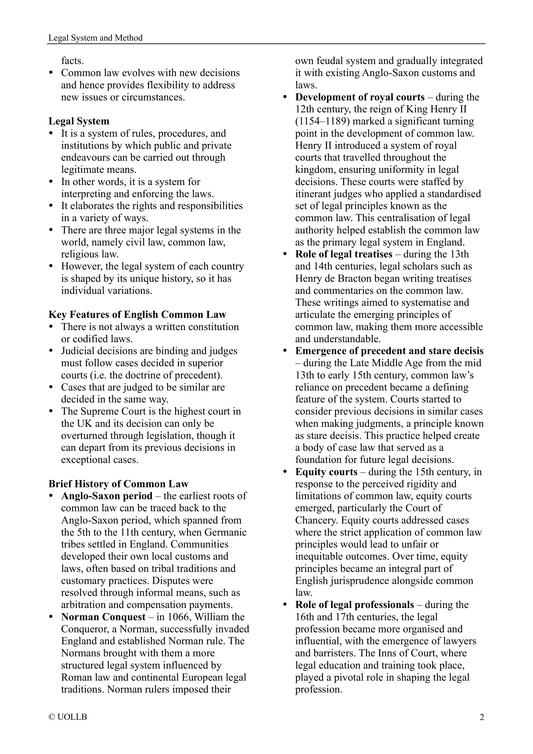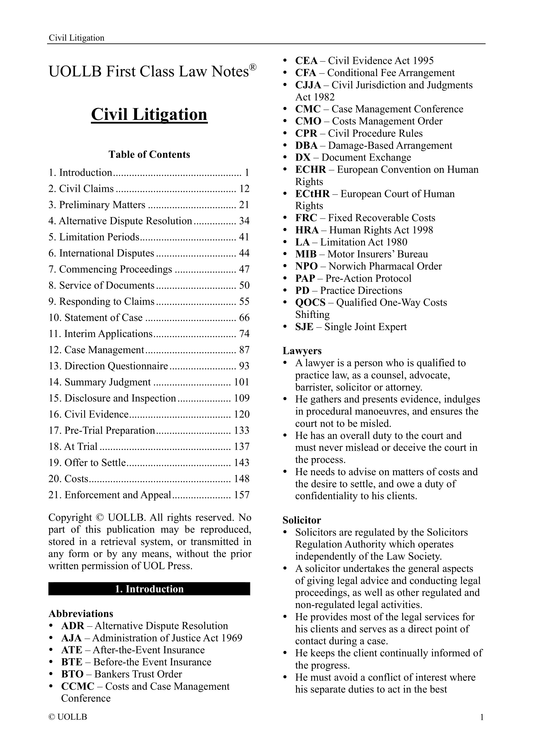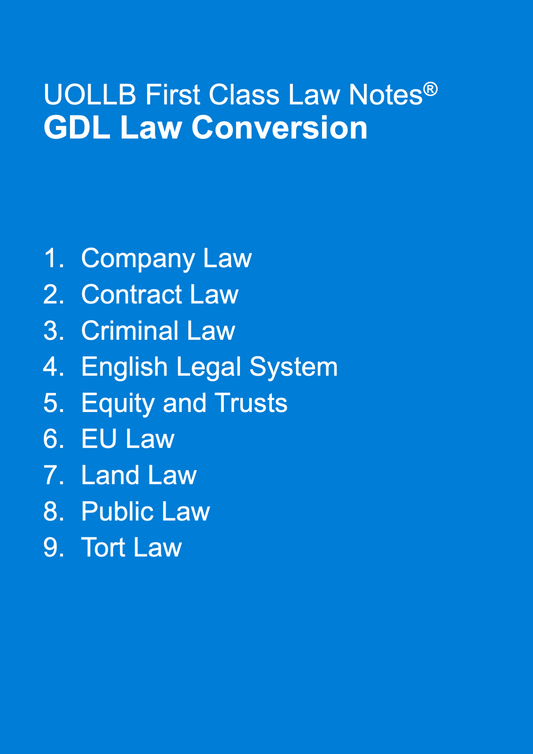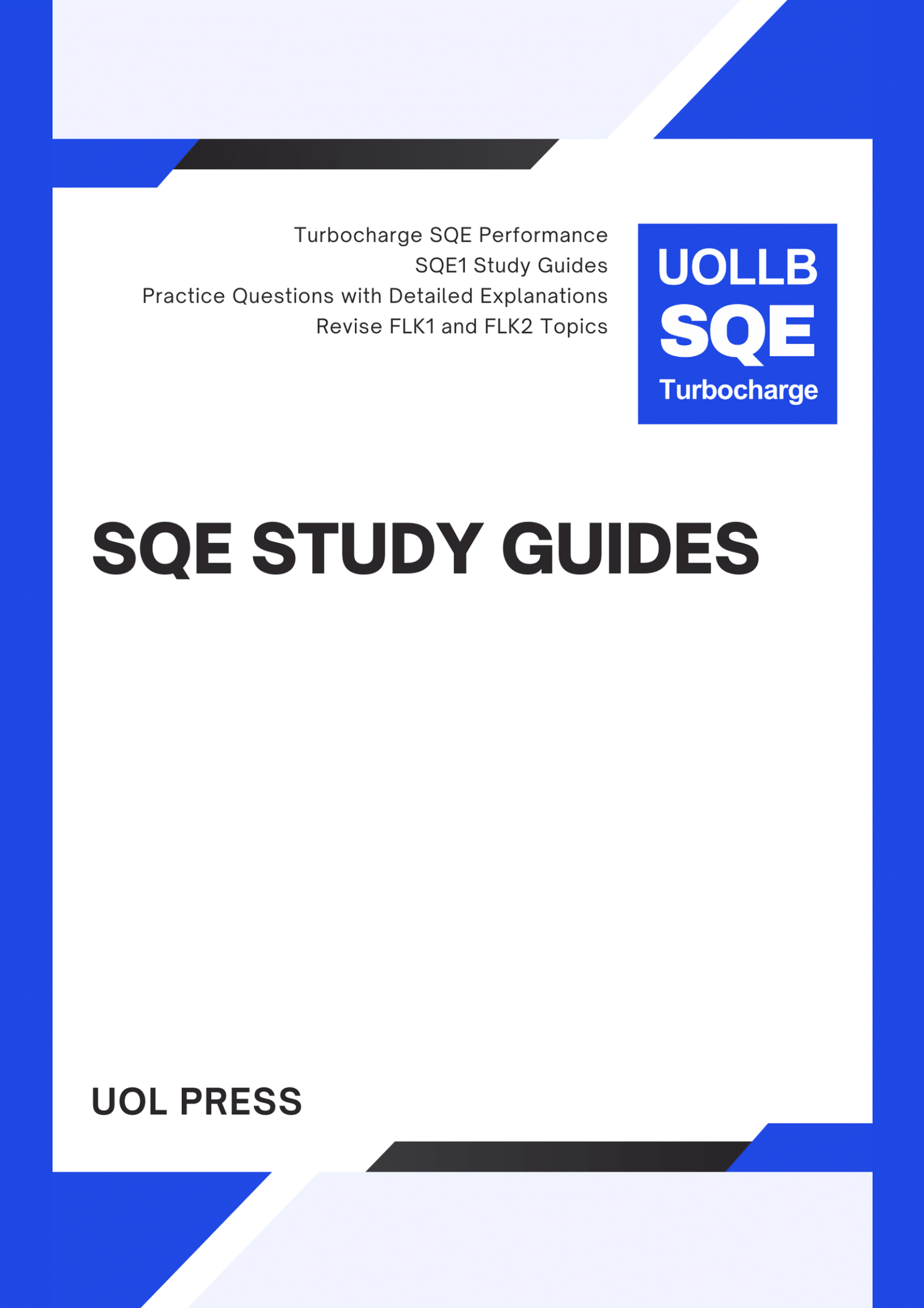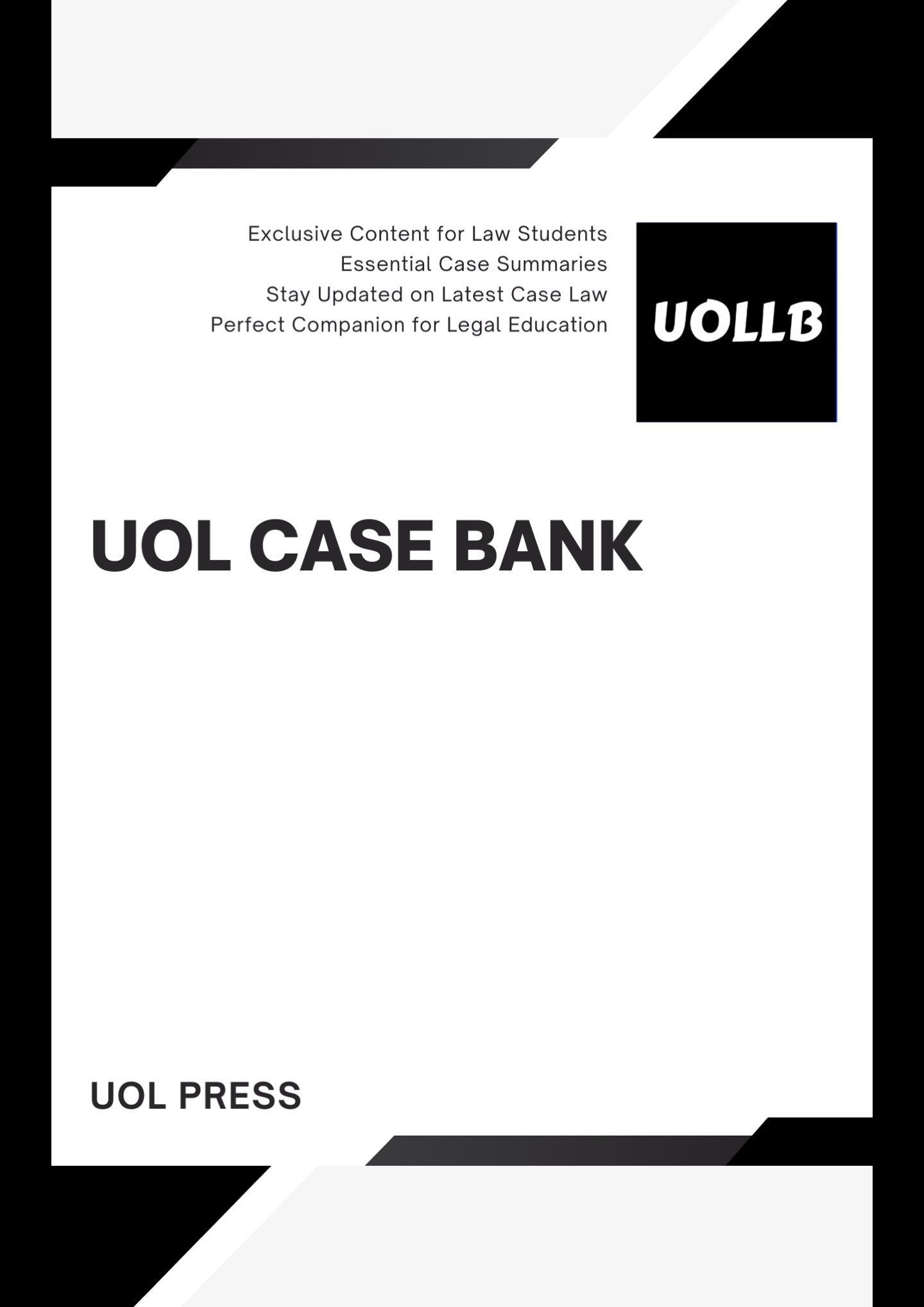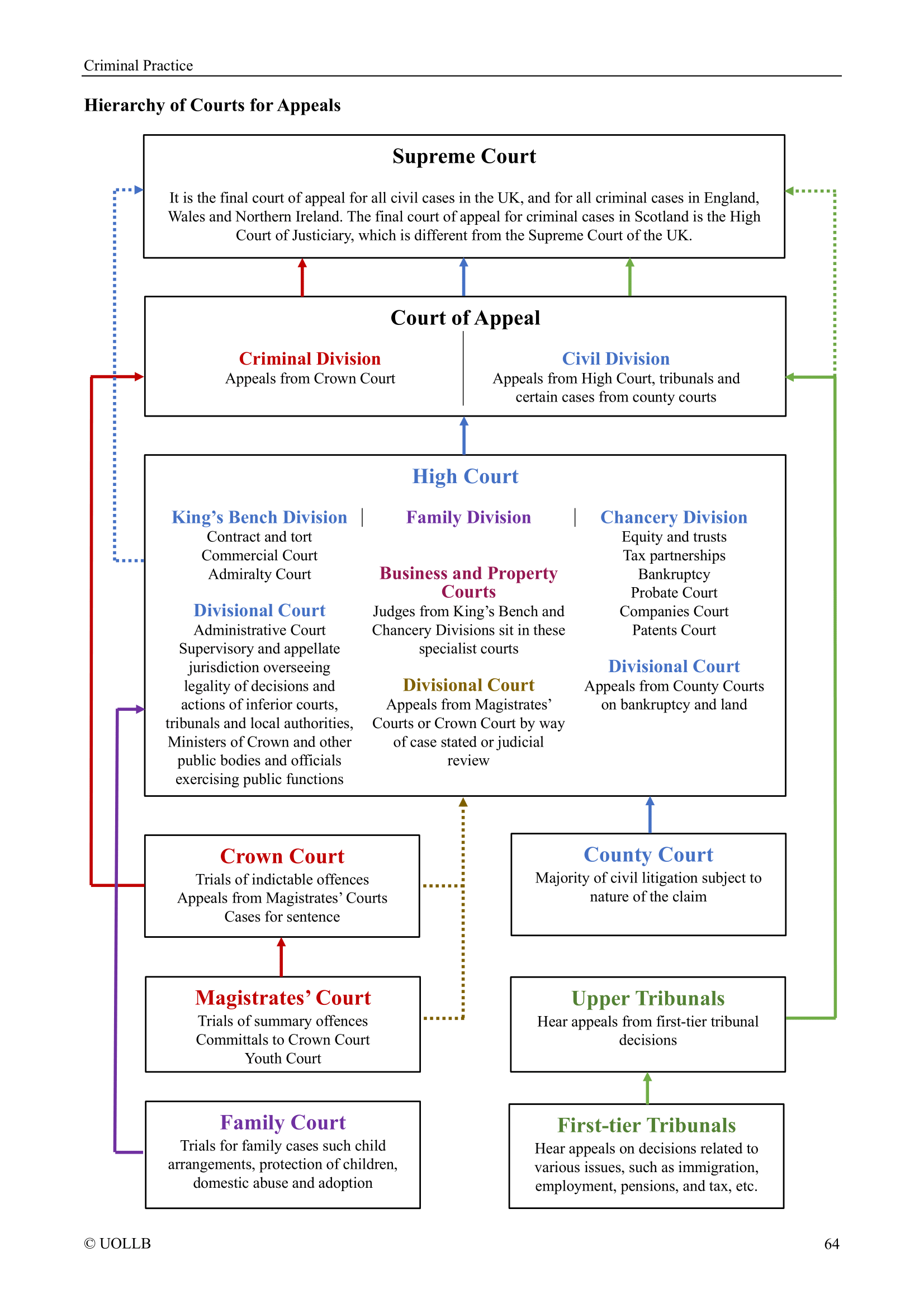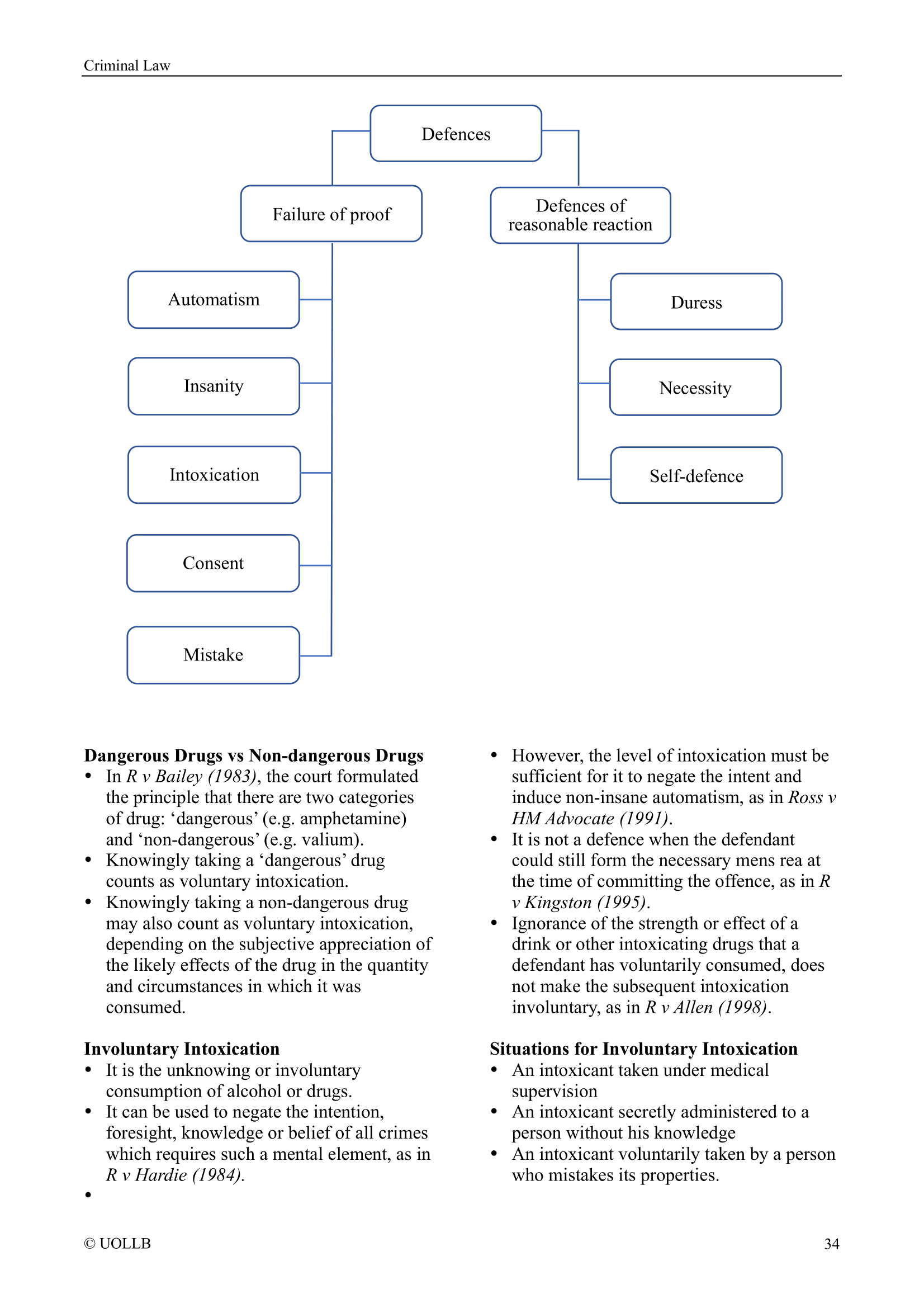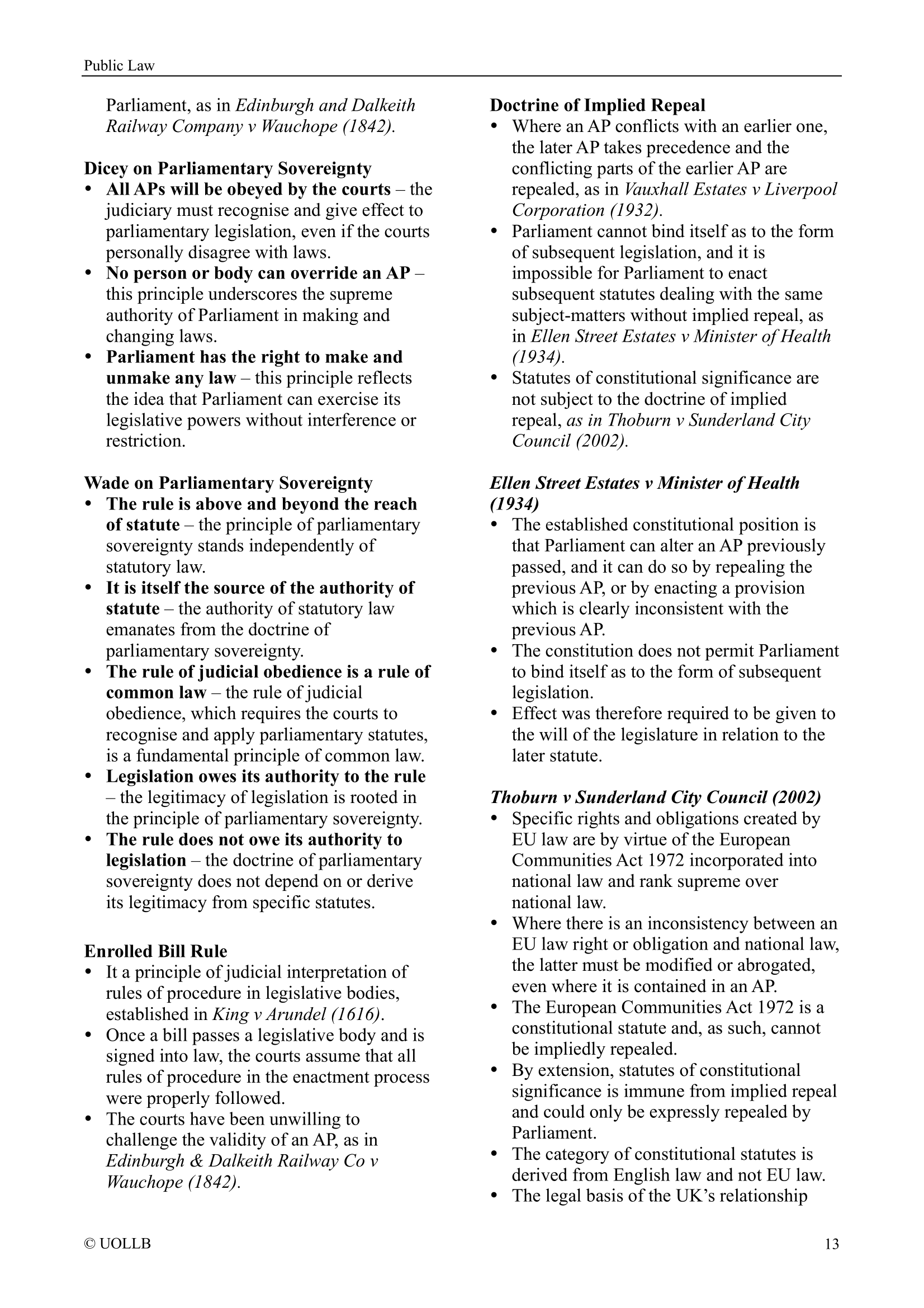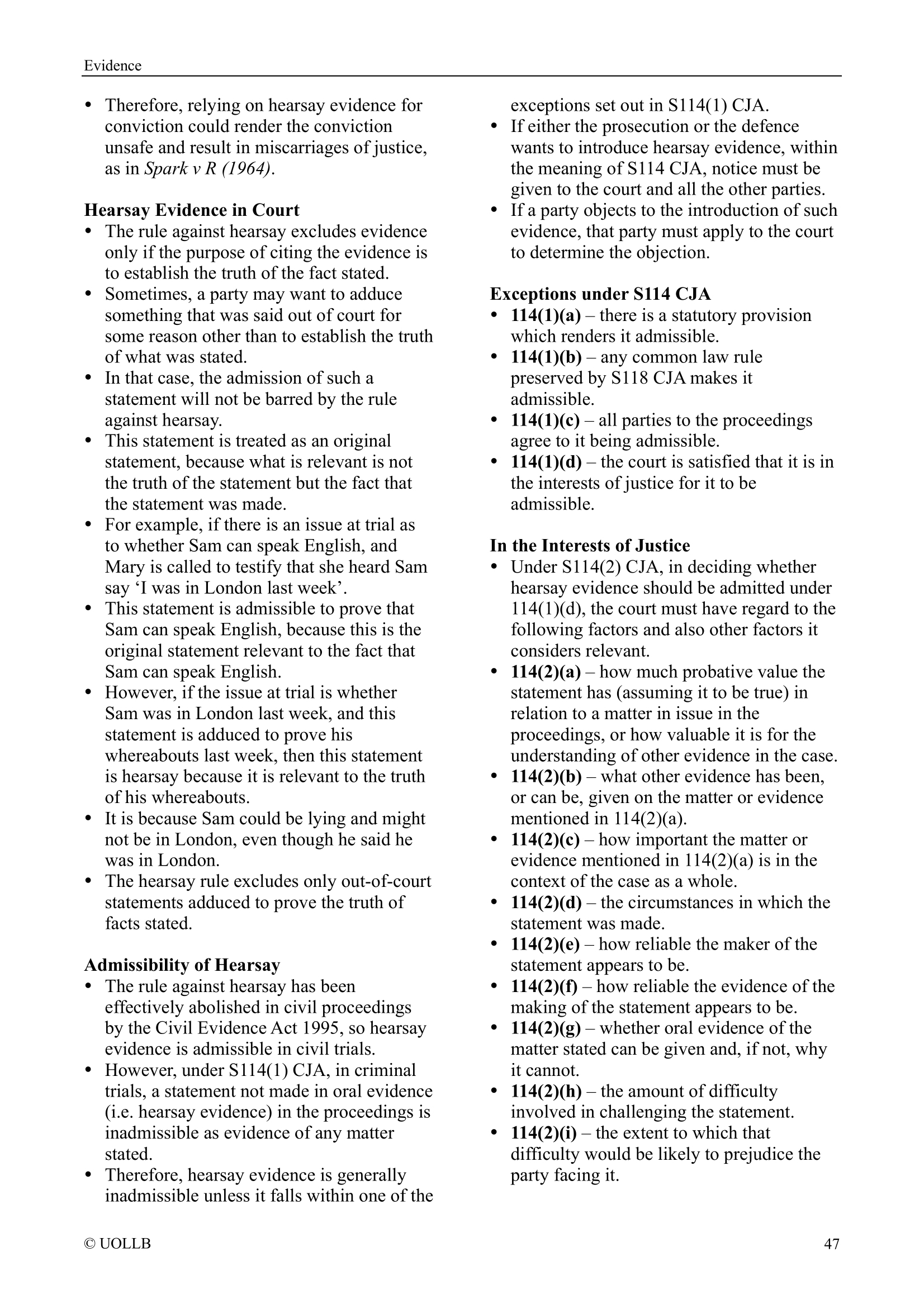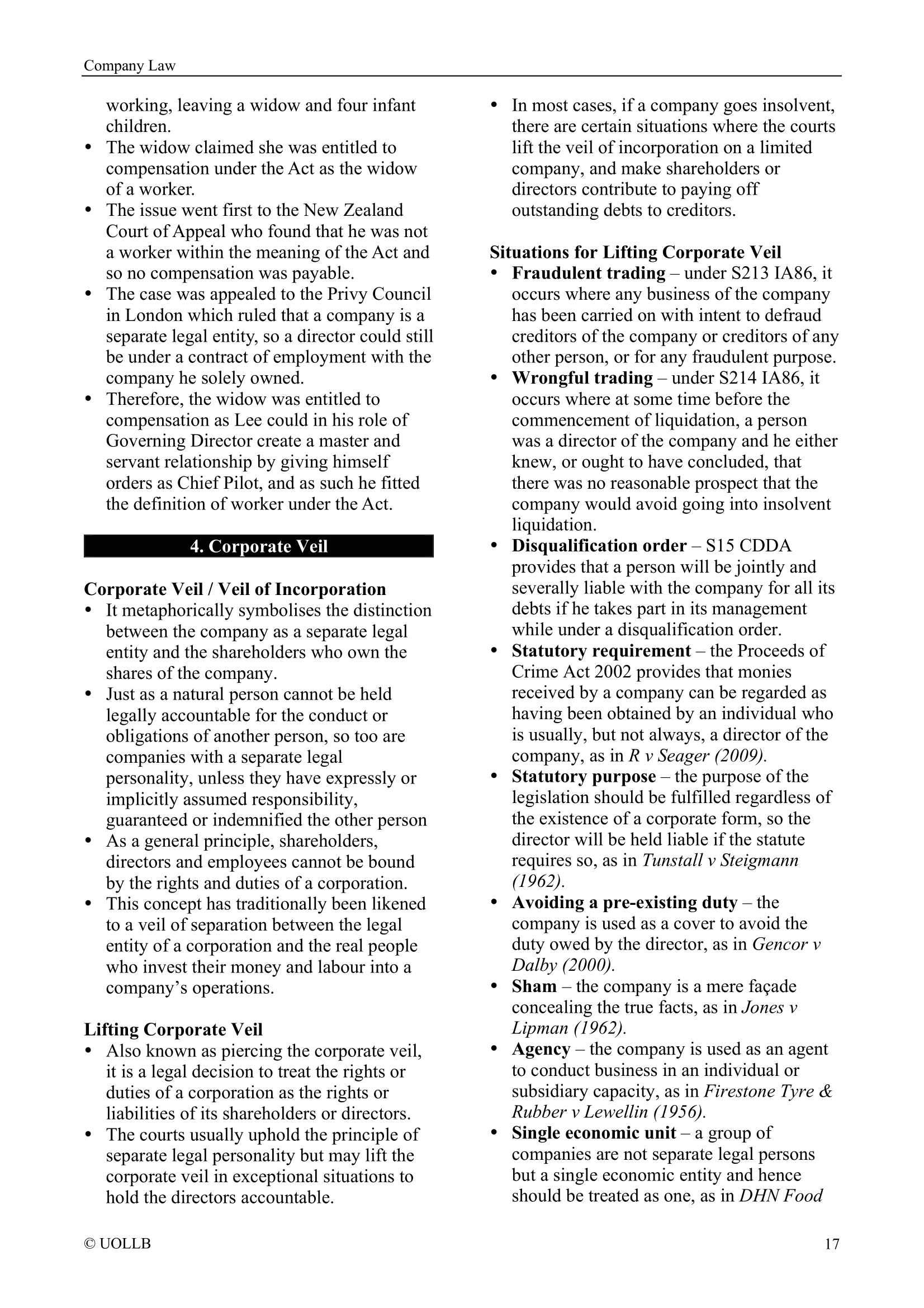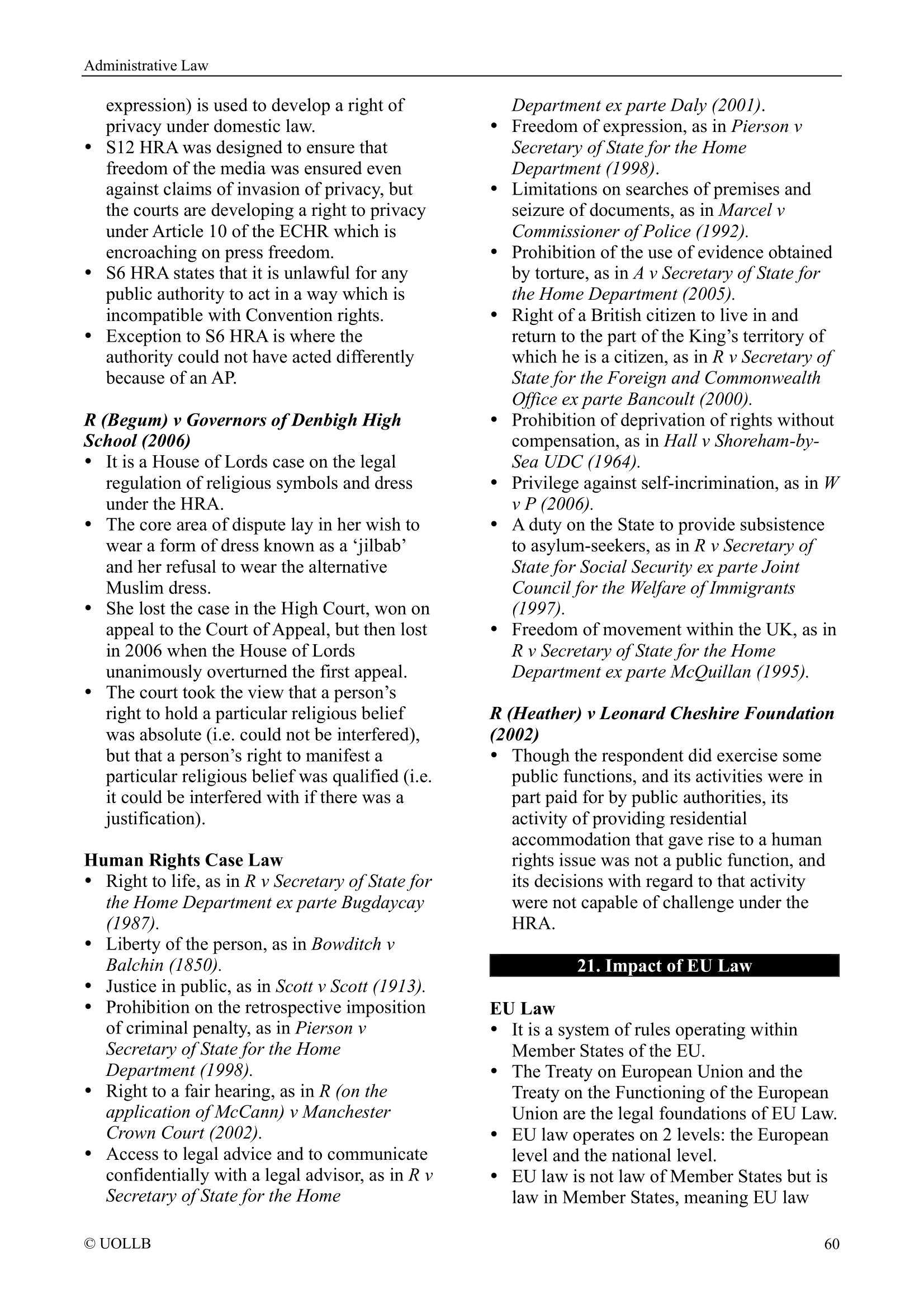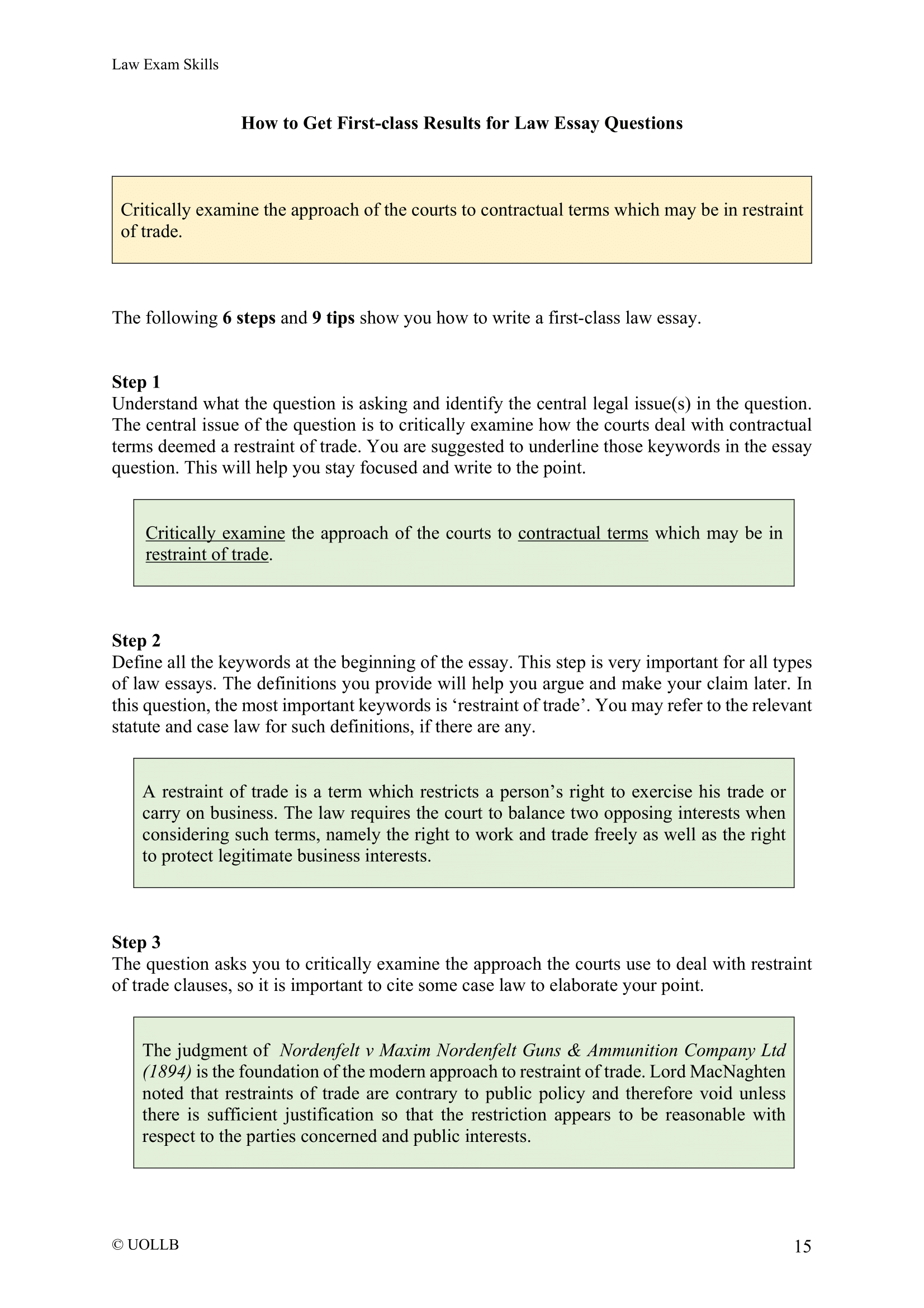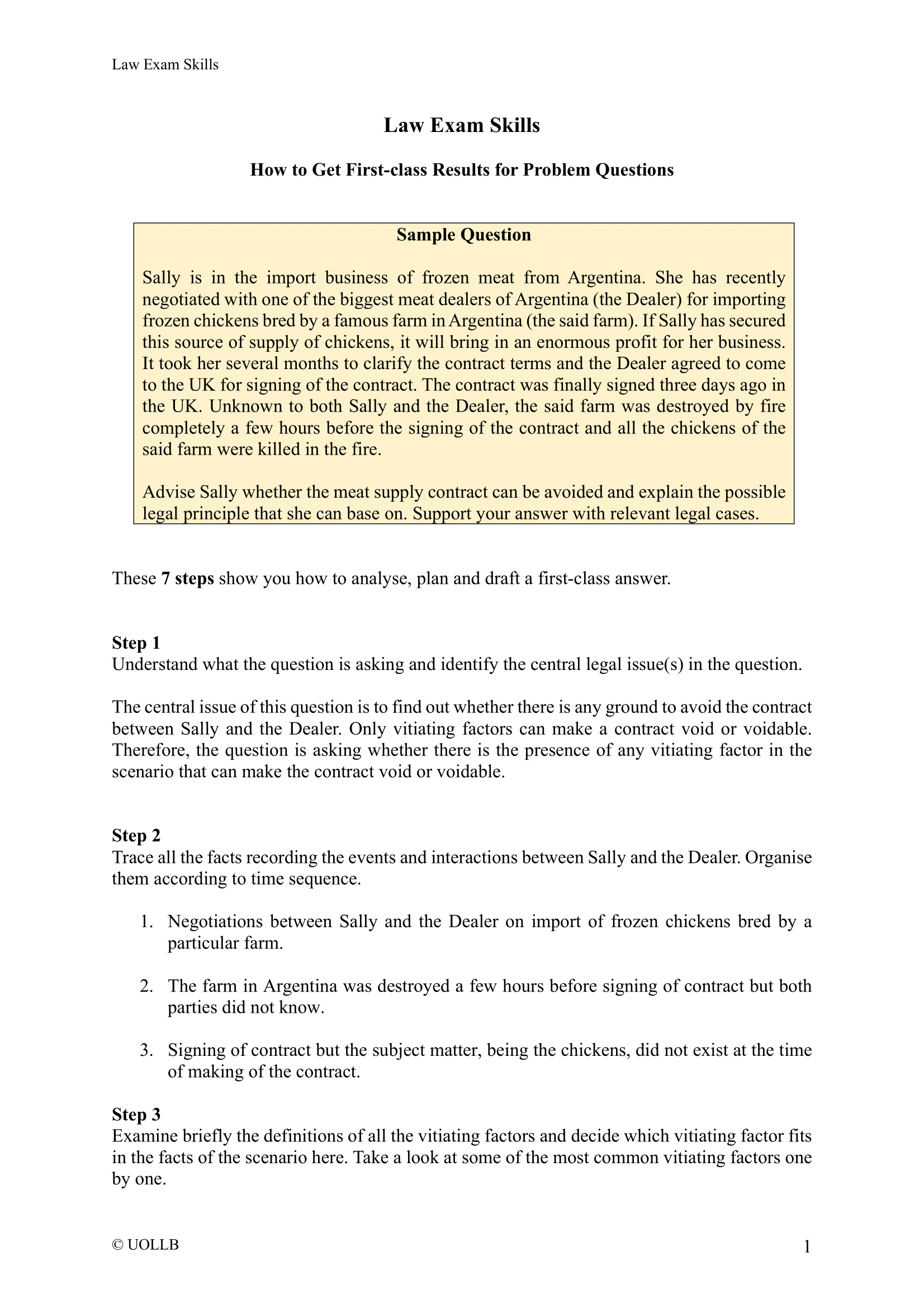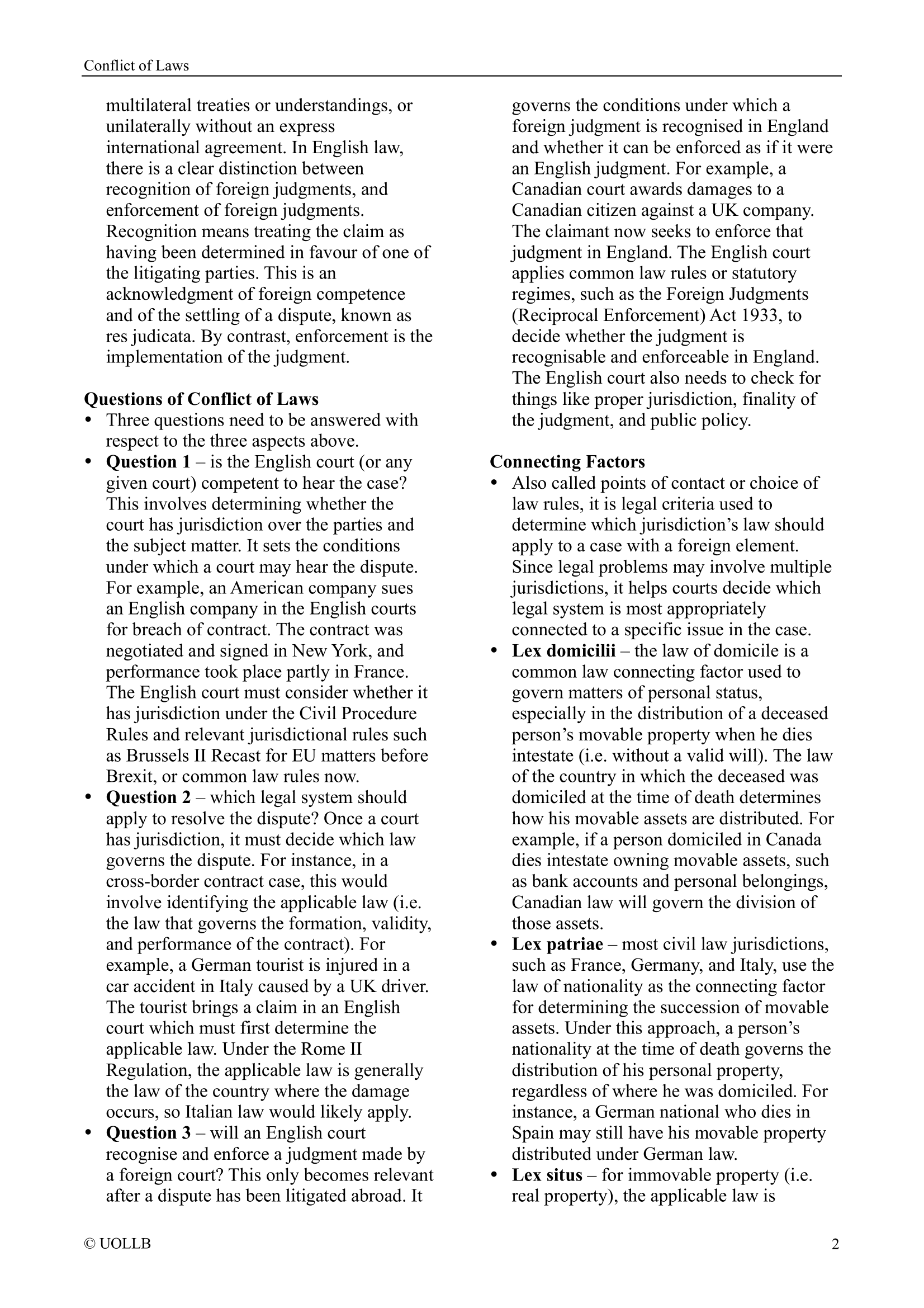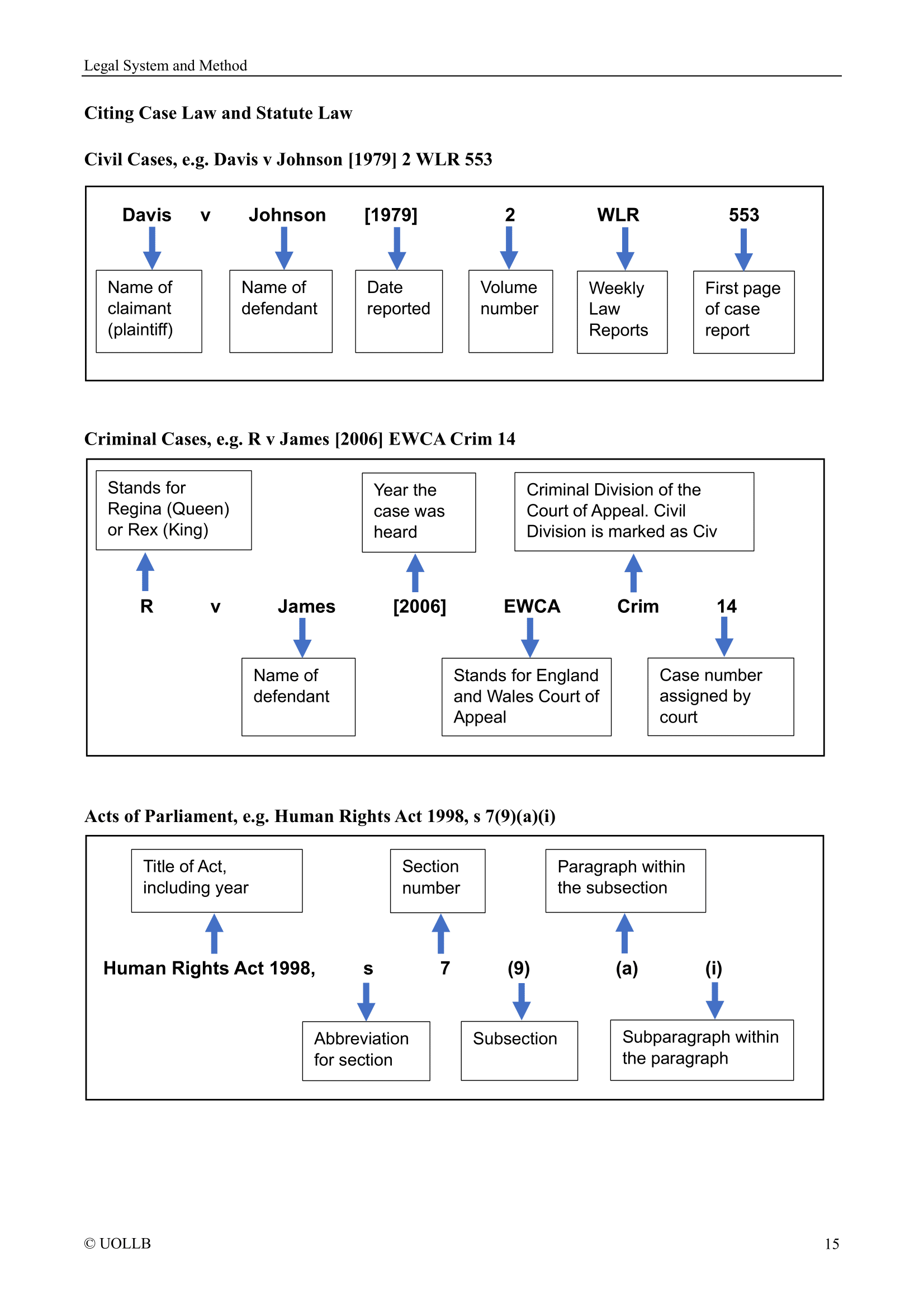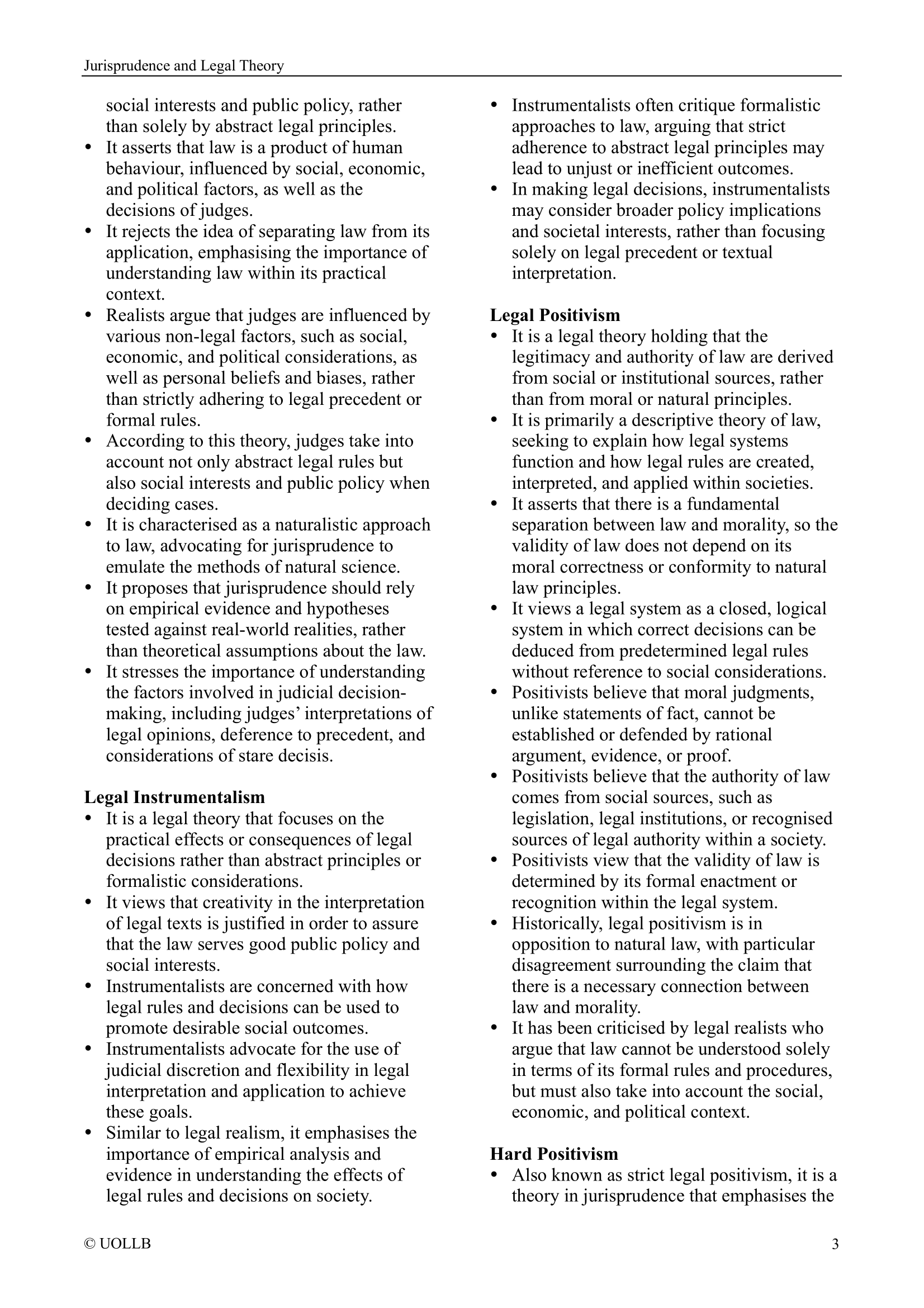Re Kayford Ltd [1975]
Share
Re Kayford Ltd (in liquidation) [1975] 1 WLR 279 is a landmark case in English trusts and insolvency law that confirms a trust can be created over customer pre-payments when a company is in financial difficulty. The court held that such arrangements can protect consumers from losing their money in the event of a company’s insolvency, provided the three certainties of trust law (i.e. intention, subject matter, and beneficiaries) are present.
Kayford Ltd was a mail-order company that received pre-payments from customers for goods not yet delivered. As the company’s financial situation deteriorated, its directors became concerned that if the company entered liquidation, these customer funds would be swallowed up by other creditors. Acting on legal advice, they opened a separate bank account, referred to internally as the “Customer Trust Deposit Account”, to hold customer payments. Subsequently, the company went into insolvent liquidation. The liquidators argued that the funds in the separate account were part of the company’s general assets and should be distributed among all creditors. However, customers contended that the money had been held on trust for them.
Megarry J held that a valid trust had been created over the customer funds. He found that, despite some procedural imperfections, the company had manifested a clear intention to create a trust by segregating the money into a separate account and taking advice on how to protect customer payments. The court emphasised that the three certainties (i.e. intention, subject matter, and beneficiaries) were satisfied. The intention was evident from correspondence with the bank and the internal treatment of the funds; the subject matter was the money itself; and the beneficiaries were the customers who made the payments.
Megarry J noted that it is not essential to use the word “trust” to create one; what matters is whether there was a sufficient intention to create a trust in substance. He highlighted that paying money into a separate account is a strong indication of trust intention, although not conclusive on its own. Here, the purpose behind opening the account (to protect customer payments) supported the inference of a trust. The judge distinguished this case from situations involving trade creditors, emphasising that members of the public, who had prepaid for goods, deserved particular protection.
The court declared that the funds in the separate account were held on trust for the customers, and thus did not form part of the company’s general assets available to creditors. Megarry J approved the practice of establishing customer trust accounts where insolvency risk is foreseeable and expressed hope that more companies would follow this practice in future.

